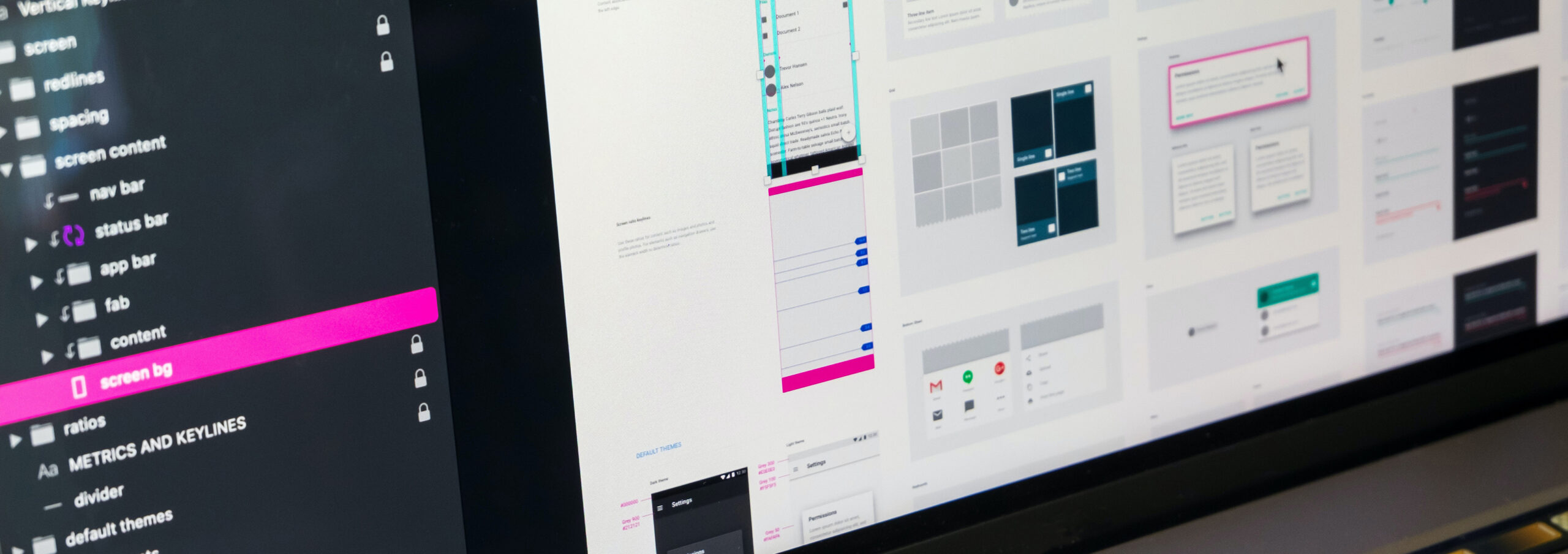
We all know you shouldn’t judge a book by its cover, and while these may be wise words to live by as you move through your day-to-day life, it’s important not to underestimate the impact that good (or bad) design can have on your brand. Potential customers have more options than ever and will form opinions about your brand within seconds of seeing your website and marketing materials.
According to Forrester, companies focused on great user experience (UX) design benefit from greater customer loyalty, increased revenue, a higher market valuation, and better-performing stock. In fact, according to their report, every $1 invested into UX results in a return of $100 on average — that’s an ROI of 10,000%. In 2022, only 3% of US companies were “customer-obsessed” — meaning they put customers at the center of their leadership, strategy, and operations, exhibiting a decrease of 7 percentage points from the prior year.
In their 2018 research, McKinsey also found a strong correlation between high McKinsey Design Index (MDI) scores and superior business performance. And the numbers didn’t favor any one business sector — signaling that, regardless of your industry, quality design serves an essential and measurable purpose. The consulting firm also found that when design decisions come into question, they rarely make it into the conversations of upper-level decision-makers, and when they do, decisions are made based on feelings, not data.
How design impacts your customer experience (CX)
While it may be preferable for business leaders to make design decisions based on more than their instincts, emotion continues to be a key driver for delivering high levels of CX performance.
Forrester found that 54% of customers who report positive emotions, such as feeling happy, valued, and appreciated, are willing to forgive brands that make mistakes. But that doesn’t mean that a smiley face emoji on your homepage is a substitute for bad design or poor customer service, as Zendesk research has found that up to 61% of customers will take their business elsewhere after one bad experience.
It’s also worth noting that over a 10-year period, design-led companies outperformed the S&P 500 by 219%. All of these numbers may be overwhelming, but plainly put, this data tells us that it takes more than one of these things to go right in order to set yourself up for long-term success.
Where to start and how to get it right
When you begin to determine where to invest your resources and how to apply these principles to your brand, it’s critical to remember that you’ll need to tailor your strategy to your specific industry. Let’s look at a few research-backed concepts to help you grow your business and retain customers.
Adopt a “design thinking” approach
- Design thinking can help foster a culture of creativity and develop innovative solutions to the most challenging problems.
Make more informed decisions through prototyping and iterative learning
- When approaching a problem, it’s crucial to remain flexible. Prototyping ideas, collecting stakeholder feedback, and correcting issues on the fly can help you avoid costly mistakes and redesigns down the road.
Leverage data, customer feedback, market research, and artificial intelligence (AI)
- When possible, relying on things like customer feedback, hard data, and AI can help you avoid wasted time created by guesswork and assumptions. Give customers the opportunity to chime in, listen to what they have to say, and incorporate those ideas into your customer journey.
Prove the ROI of design to company leaders by benchmarking against design metrics
- If you need to validate your work to management, use existing design metrics to measure the success of your initiatives. When you provide examples of the positive impacts of a solid CX or well-designed experience alongside scientific findings, you’re more likely to prove to leaders that the investment they’re making is going to provide the long-term results they are after.
Takeaway
Without a magic wand, designing a brand image and CX that works best for your business will take time, but as McKinsey has found, “the potential for design-driven growth is enormous in both product- and service-based sectors.” As the data continues to pile up, it’s clear that an amalgam of tools and strategies will need to be at work to give your business the best chance at lasting profitability and proven ROI. Top-quartile companies that make user-centric design everyone’s responsibility — rather than a siloed function — are faring better than those who aren’t, so be sure to take the time to discover all of your options and include leaders from various departments in the decision-making process.
Want to learn more about how Brightly can help you with your customer experience strategies?

